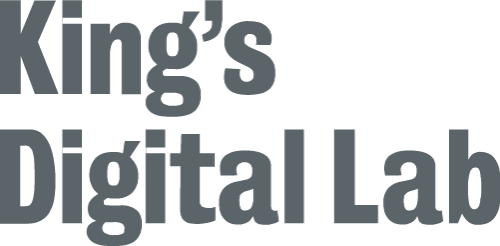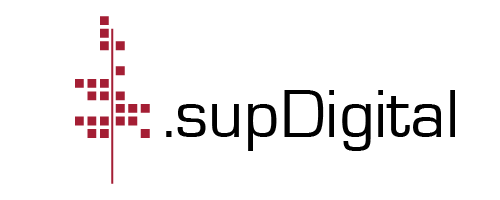SUP and KDL collaboration goes into next phase

Stanford University Press and King's Digital Lab are pleased to announce our selection of the most compelling ideas that were submitted in this round of the call for expressions of interest.
This initiative emerged from a conversation at the Digital Humanities conference 2017, held in Montreal, between Friederike Sundaram (SUP) and James Smithies (KDL) which evolved into a call opened last November with a deadline of the 8th of January 2018.
We received sixteen strong submissions and have selected four to take to the next stage. The selection was conducted by an ad hoc panel, using the criteria outlined in the call and in line with the pragmatic agendas of SUP and KDL. The four winners will begin work on developing documents to further outline the scholarly and technical nature of the projects, define technical requirements, understand costs, and identify appropriate potential funding sources. These documents will be used as input for the next, final, phase of the selection process.
Both KDL and SUP are excited at the prospect of taking forward the following submissions:
- Coding Histories by James Baker, Tim Hitchcock, Sharon Webb, University of Sussex
- Ego-Media by Max Saunders, King's College London
- Reading at the Interface: Literatures, Cultures, Technologies by Katherine Bode, Australian National University
- Understanding Partition: Spatiotemporal Tools and Critical Memory by Nabil Khan, Kathryn Nicholson, Ali Raza, Franziska Roy at Lahore University of Management Sciences (LUMS), Leibniz-Zentrum Moderner Orient (ZMO), Harvard University
Note that this selection does not imply that SUP has given its imprint to a forthcoming publication, as formal SUP peer review and approval by the editorial board will need to be initiated at a later stage. A final decision on technical feasibility will also be required. This next phase is an opportunity to work with SUP and KDL to refine central concepts, define technical vision, identify funding sources, and ensure the very highest possible outputs can be produced.


